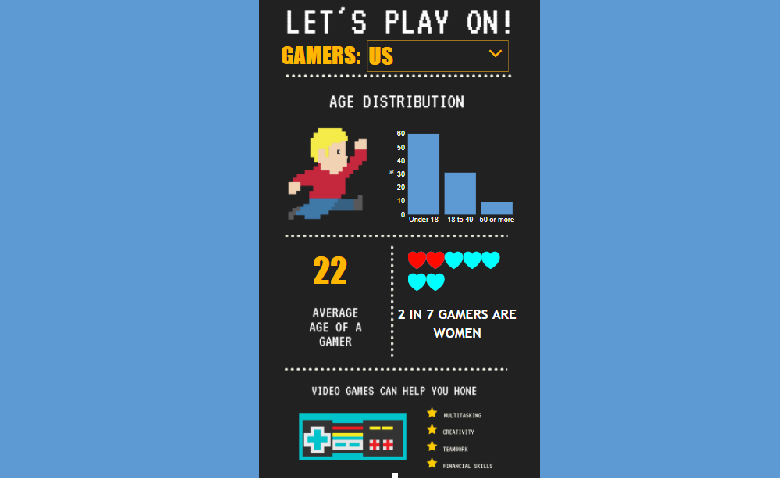
André-Michel Guerry created this comparative maps of crime and instruction. Infographics also helped when it came to epidemics. These factual displays were not always accepted since they went against what was held to be true at the time. He would go on to use infographics to inform the general public, primarily of economic trends.Īndré-Michel Guerry, in the 1830s, is credited with being among the first to use shadings to demonstrate data. William Playfair is credited with the invention of the famous pie chart and used information about the cost of wheat and wage increase to form an infographic that showed that wages were increasing despite popular belief that the cost of wheat was increasing. Countries were collecting and analyzing new information about the weather, economics, and population. When the 19th century arrived, infographics were being used in full.

The number of biographies was near 2,000. An example used in this period of time was a timeline of historical figures created by Joseph Priestley. This is due to the fact that before then, there wasn’t a great deal of data collected.

It was around the 18th century that infographics began to fully be used. The Surprisingly Long History of the InfographicĪmong the earliest examples of infographics, one was created in the 11th century which depicted the mechanism for planets moving across the sky. Because it’s visually compelling–at least effective infographics are–the target audience will walk away knowing something more about the subject at a quick glance. Whether that education is about a piece of history, a demographic, voting trends in certain states, or a comparison between two stores, the infographic is a medium for information to cross. Infographics are primarily used to educate. Because well-created infographics are 30 times more likely to be read than any text, they have a clear goal. Since 90% of information that’s transmitted to the brain is visual, infographics are a powerful method to educate someone in an efficient amount of time. It also makes the data it’s displaying easier to understand. It’s a quick and easy visual tool to give the reader plenty of compact information without requiring a lot of reading. Traditionally, marketers use it as a means to promote / advertise. So here is what we are going to present you.At its heart, an infographic is a visual display of data. That’s why static Infographics ain’t working anymore! It’s really hard to create a static infographics that will engage the publicity, but Interactive ones do their job.īut, what does it mean interactive? It’s a Flash, jQuery or HTML5 powered animation that independently reveals information or when user makes some clicks, scrolls or hovers. Still, as it happens to something upstart – it bores the audience. These small units of visual information contain lots of information when they are closely studied, and they organize the info in a very accessible way.įor the last couple of years the popularity of Infographics increased exponentially. At some point in your life you’ve probably created an Infographic, if you’ve ever drawn out a quick map to help someone find your house, or created a chart graphing with data you collected. Everyone is familiar with Infographics, but not many people know that they are considered to be the inheritants of weather maps.


 0 kommentar(er)
0 kommentar(er)
